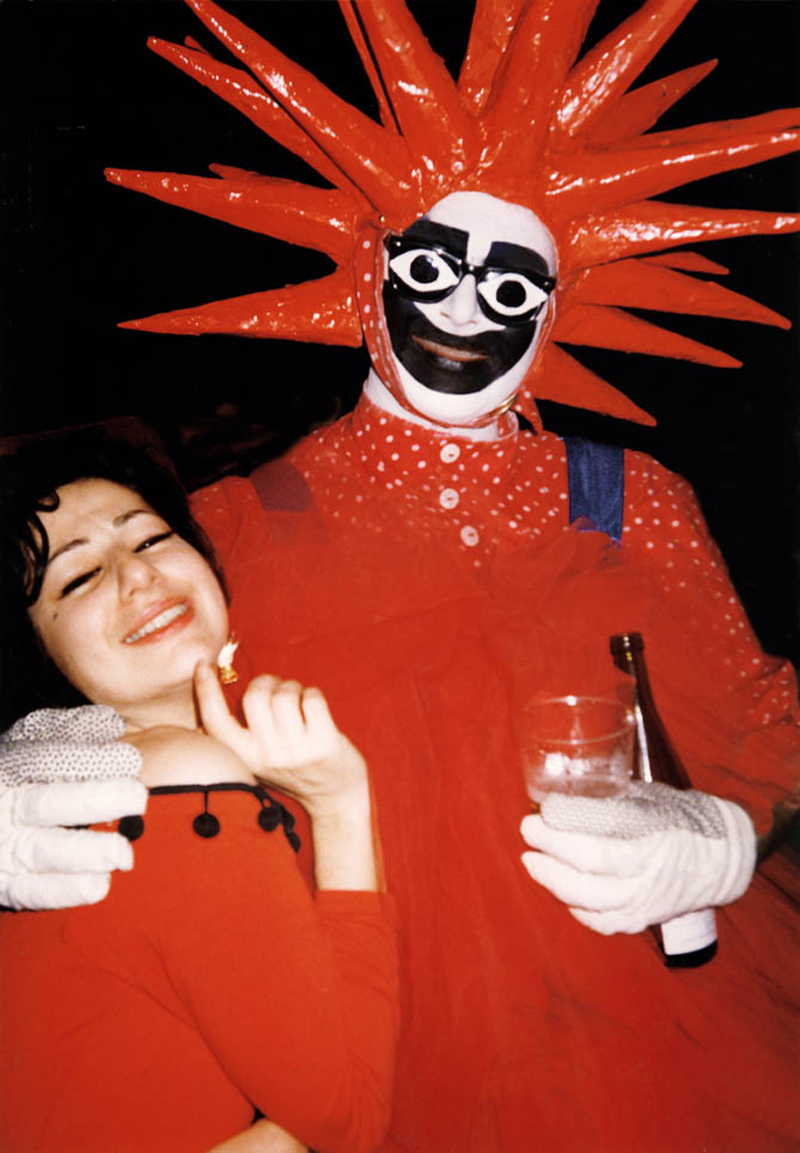Photojournalist Alex Gerry has been living, breathing and snapping every aspect of London’s nightlife from the 80s to today. Gerry has pieced together an impressive documentation of club nights and parties, and the eccentric people that have made these events so iconic. For those that are too young to have been part of a scene, one look through his extensive archive of work is enough to get you dreaming about the clubland experience you never had. For the party-goers who are lucky enough to be featured, Gerry’s work is like a mad, glitter-sprinkled family photo album. What was it like to be part of such a thriving period of clubland? Gerry sounds off on his nightlight memories and the current state of club affairs.
FIND out how London’s changing with our series exploring the shifting city.

Why do you think you have been so drawn to documenting the club scene? How has your relationship to it changed over time?
Every dog knows his own. You’re just drawn to the people you can identify with and feel comfortable with. Clubland immediately felt like a treasure-trove to me, certainly a stunning environment to document. As a teenager, I would take a camera with me as often as possible. I felt compelled to photograph larger-than-life, outlandish, innovative folk. The more scary-looking, the better. I appreciated the incredible effort they made to go out to a club. They loved pushing the boat out just to draw attention to themselves and that, in my opinion, deserved to be immortalized. I patronised the avant-garde clubs right from the word dot. I was never interested in the mainstream.
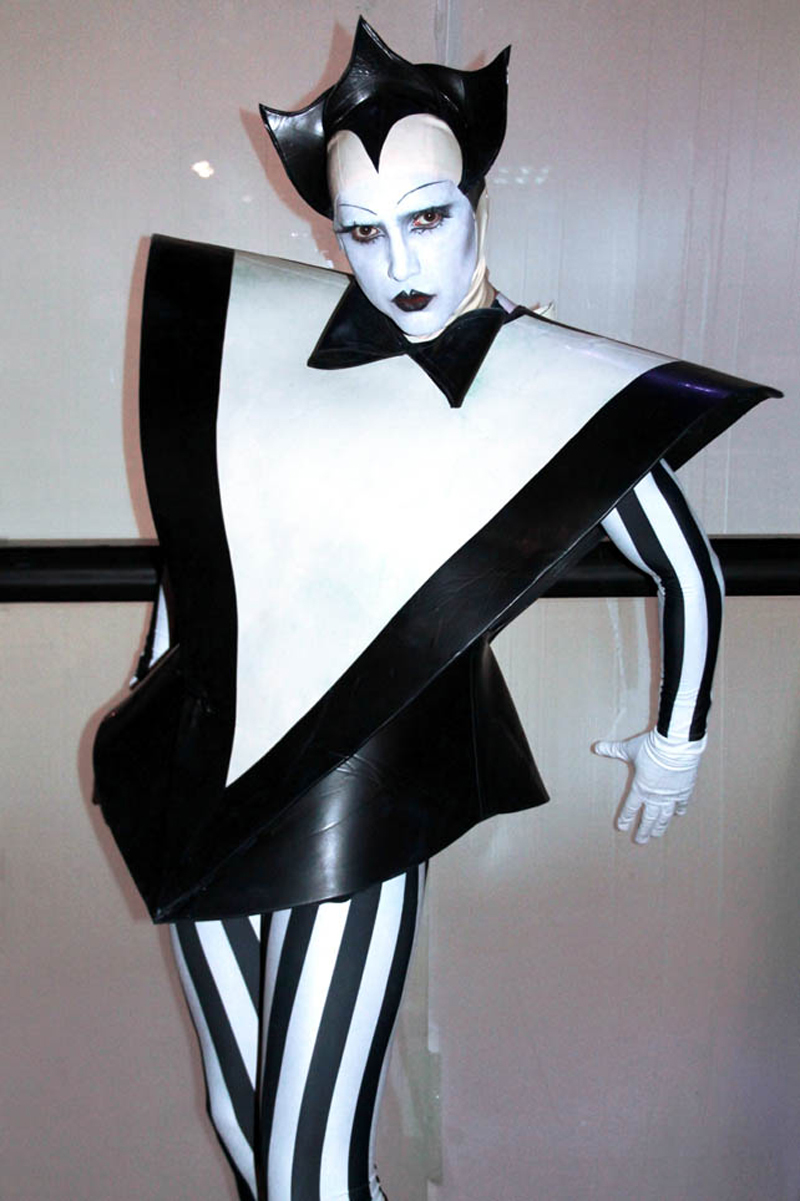
Your Club Icons & Disco Pigs series seem almost like an encyclopedia of clubland and the many iconic people involved, such as Leigh Bowery, Princess Julia and Boy George. What is it like to have documented such a long history with these people, and see them and their style evolve?
It makes it all worthwhile when people describe my work as encyclopedic. The freaks I document are a very special breed! Style, innovation, originality, clout, longevity: they have to tick all the boxes to qualify. Some of them come and go quicker than you can say, ‘Are you ready for your close-up?’ Others effortlessly survive five decades on the scene and still manage to make jaws drop. I have indeed documented their evolution, witnessed their shenanigans, given them countless coverage in the media and always made them look the best I could in my images. I know what motivates them and what makes them tick, but there’s also the other side of the coin that can’t be ignored. There’s no denying that a good number of these club freaks can be as extreme in their behavior as they are in their appearance. They can easily come across as what one calls disco-damaged — suffering from some unaddressed personality disorder.

How do you feel when you look back over your portfolio? Does it feel more like a personal photo album to you?
Yes, it very much felt like that in the early days. Strangely enough, a lot of those club kids were like family to me. We socialized a lot, got ready together and went out clubbing together. I did have photo albums that I lovingly put together in the style I imagined a designer would a style magazine. I didn’t have conventional family albums, so that was my far more glamorous alternative. Somehow, I looked upon my club friends as my real family, as I still do with a few of them today.

Do you think defined subcultures are as strong today as they were in previous decades?
I don’t know about strong, but subcultures still exist even if they’re experiencing a deplorable identity crisis. Admittedly, you’d have to be as blind as a bat not to realize that they’re not what they used be. To be fair, teenagers don’t really care, do they? They’ll go out clubbing and will have a blast regardless. I mean, what you don’t know, you can’t miss, can you?
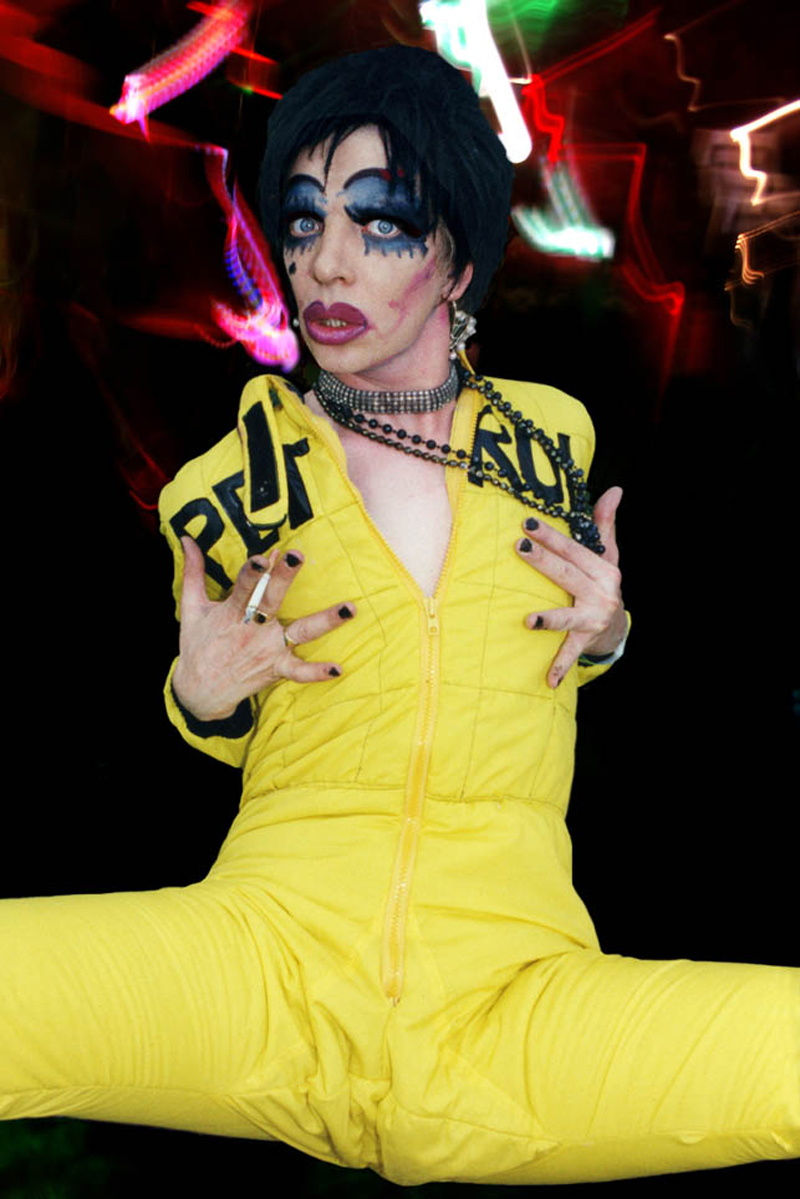
For our 2007 White Trash issue we asked you what your favorite parties were. What are your favorite parties in London today?
I wish I could be as keen as I was then, as I remember 2007 really raising the roof. I’m afraid, there just aren’t any regular parties that quite feed the fire today. They died a death or have been pulled down as part of the gentrification of certain areas like Soho. I certainly can’t see anything coming on the horizon from where I’m standing. Recent club nights that showed promise only turned out to be one-offs. We’re definitely going through a dismal patch. I know, it can only be temporary and patience is a virtue, so let’s hang on in there!

What is it about London that makes it such a special place to you?
We tend to take our big, decaying, unforgiving metropolis for granted, don’t we? It’s so easy to forget how very privileged we are to be part of it. The tangible energy, the creativity and diversity win hands down. OK, the streets are no longer paved with gold, but the constant evolution will keep it right up there where it belongs. Everyone knows that nightlife hasn’t been spectacular so far this decade. But, like any major capital in the world, as long as people want to go out and enjoy themselves, the scene will evolve and new clubs will thrive. There’s just no excuse for pessimism.
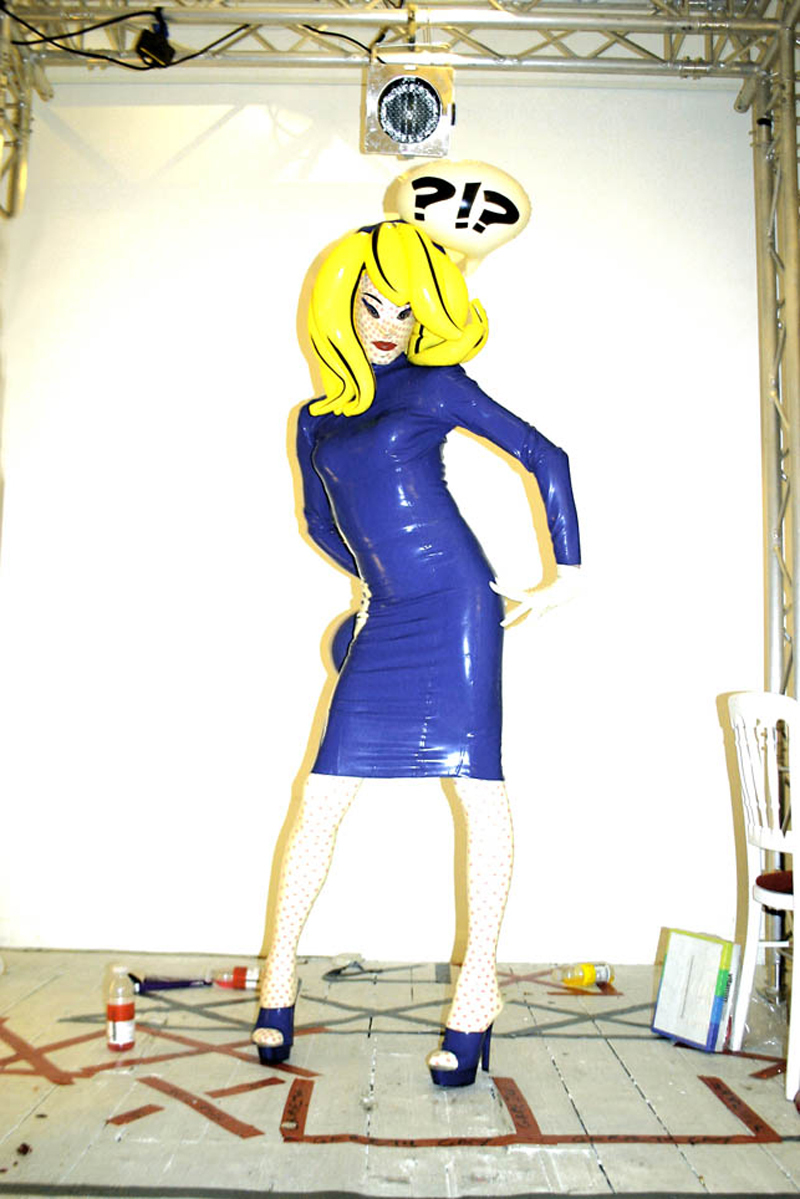


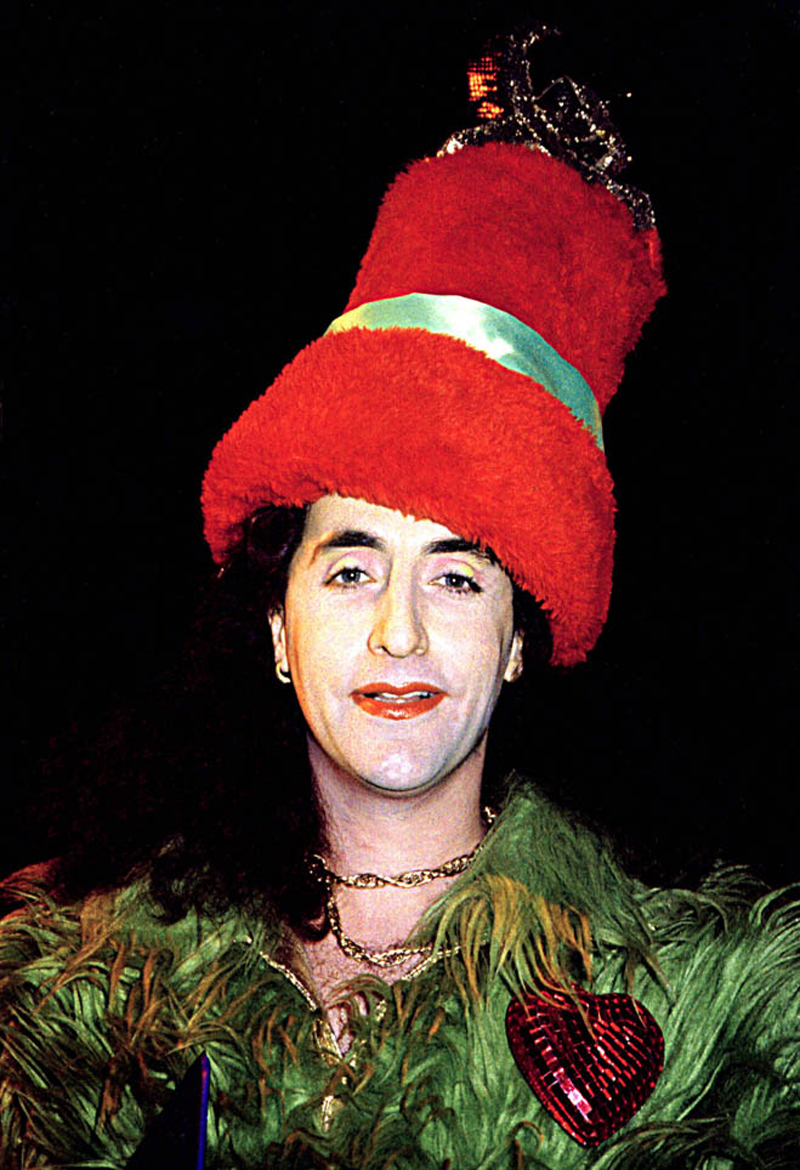
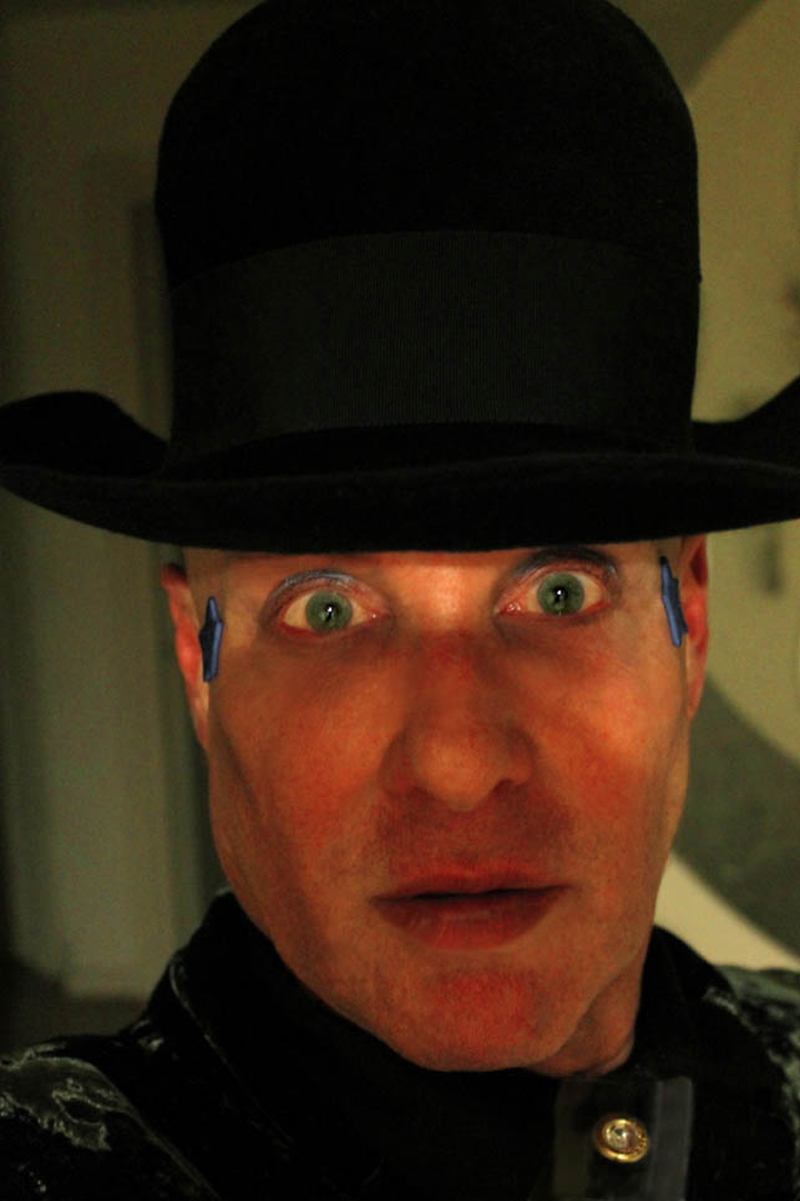
Credits
Text Lula Ososki
Photography Alex Gerry
